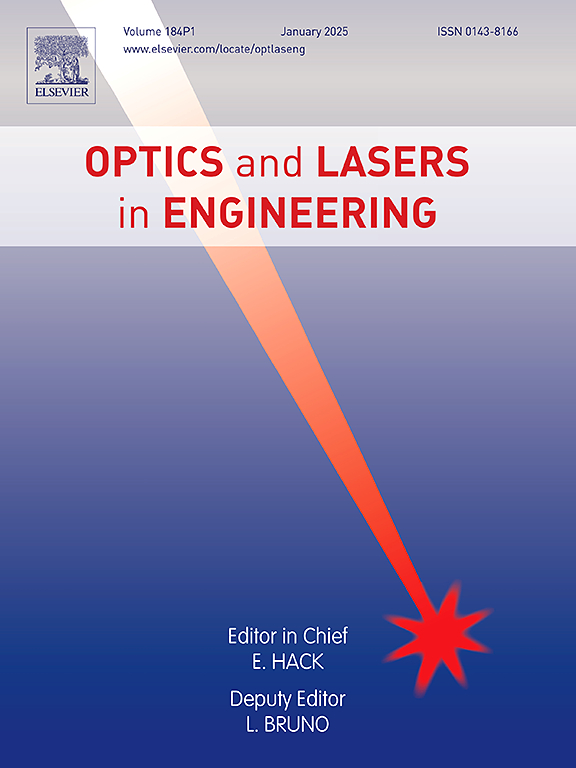A machine-learning assisted measurement device for circadian lighting based on spectral sensors
IF 3.5
2区 工程技术
Q2 OPTICS
引用次数: 0
Abstract
Light has an undeniable impact on the human body, as it can to some extent affect hormone secretion and emotional changes. Spectral power distribution (SPD) is the main indicator for evaluating the quality of light sources, but traditional spectral measurement equipment is bulky and expensive, and cannot be widely used in our daily life. In order to fill this gap, this article designs a low-cost and small lighting measurement device for measuring the circadian lighting, which obtains spectral data from 8 channels in the visible light range through multi-channel spectral sensors. Machine learning methods are used to reconstruct the SPD of 81 wavelength data points, thereby improving the accuracy of designed measurement device. This device can simultaneously achieve real-time measurement of SPD and real-time monitoring of circadian related parameters, and return circadian related parameters (such as circadian action factor, melanopic efficacy of luminous radiation, equivalent melanopic lux, etc.). Results have found that the error of circadian parameters measured by this equipment is less than 5%.
基于光谱传感器的机器学习辅助昼夜节律照明测量装置
光对人体的影响毋庸置疑,因为它能在一定程度上影响荷尔蒙分泌和情绪变化。光谱功率分布(SPD)是评价光源质量的主要指标,但传统的光谱测量设备体积庞大、价格昂贵,无法在日常生活中广泛使用。为了填补这一空白,本文设计了一种用于测量昼夜节律照明的低成本小型照明测量设备,通过多通道光谱传感器获取可见光范围内 8 个通道的光谱数据。利用机器学习方法重建了 81 个波长数据点的 SPD,从而提高了所设计测量设备的精度。该装置可同时实现 SPD 的实时测量和昼夜节律相关参数的实时监测,并返回昼夜节律相关参数(如昼夜节律作用因子、光辐射的黑色素效应、等效黑色素勒克斯等)。结果发现,该设备测量的昼夜节律参数误差小于 5%。
本文章由计算机程序翻译,如有差异,请以英文原文为准。
求助全文
约1分钟内获得全文
求助全文
来源期刊

Optics and Lasers in Engineering
工程技术-光学
CiteScore
8.90
自引率
8.70%
发文量
384
审稿时长
42 days
期刊介绍:
Optics and Lasers in Engineering aims at providing an international forum for the interchange of information on the development of optical techniques and laser technology in engineering. Emphasis is placed on contributions targeted at the practical use of methods and devices, the development and enhancement of solutions and new theoretical concepts for experimental methods.
Optics and Lasers in Engineering reflects the main areas in which optical methods are being used and developed for an engineering environment. Manuscripts should offer clear evidence of novelty and significance. Papers focusing on parameter optimization or computational issues are not suitable. Similarly, papers focussed on an application rather than the optical method fall outside the journal''s scope. The scope of the journal is defined to include the following:
-Optical Metrology-
Optical Methods for 3D visualization and virtual engineering-
Optical Techniques for Microsystems-
Imaging, Microscopy and Adaptive Optics-
Computational Imaging-
Laser methods in manufacturing-
Integrated optical and photonic sensors-
Optics and Photonics in Life Science-
Hyperspectral and spectroscopic methods-
Infrared and Terahertz techniques
 求助内容:
求助内容: 应助结果提醒方式:
应助结果提醒方式:


